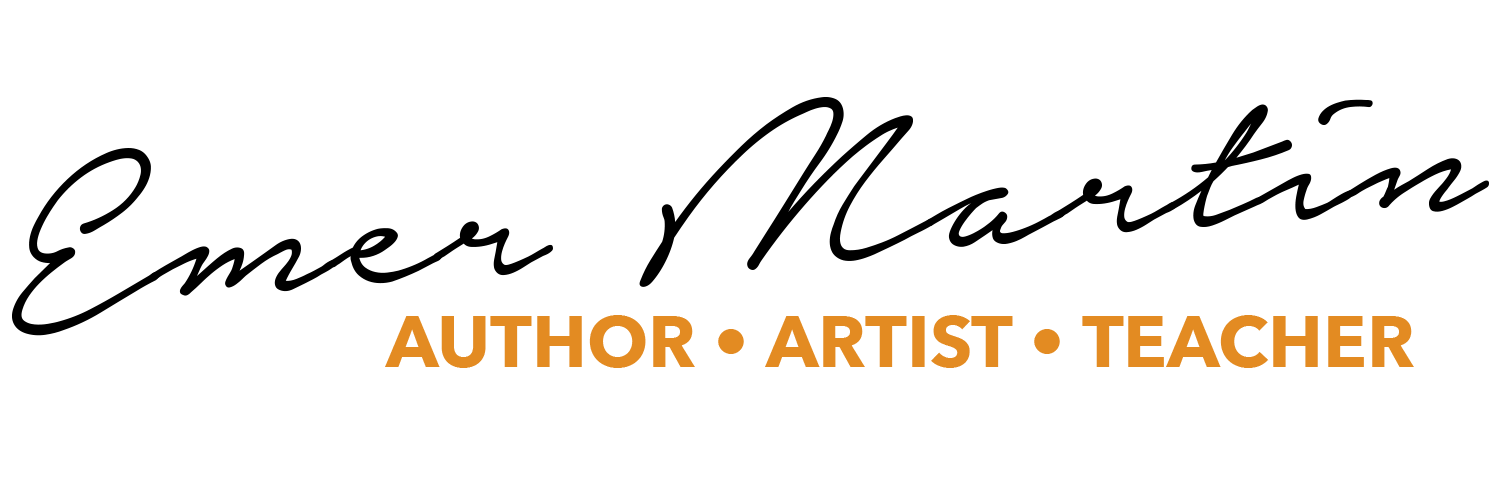The Bull Series
The hag is the cosmic force that rules the underworld. She is the otherworld female that features so prominently in the oral Irish tradition. “This personage is regarded in traditional cosmology as the personification, in divine female form, of the physical landscape within which human life is lived and also of the cosmic forces at work in the landscape.” Gearoid O Crualaoich – The Book of the Cailleach.
The Hag is an otherworldly, non-cultural, nature being. I found myself painting this giant cosmic female; she rose out of my canvas and took me by surprise. Suddenly, I couldn’t hate the hag. I felt her struggle. The Roman Catholic orthodoxy was fearful and tried to smother the power of the creative mother goddess. But she survived in the stories of men like Sean. Interestingly, it is just women, but also male story tellers that ensured her survival. Her presence pulsates with life thanks to the peasants, not the ruling class. Here on the edges of Europe the hag goddess survives in all her archetypal fury. Her defeat is not complete. The hag in the oral tradition is always an ancient figure that exists beyond human years. She is mother earth. As she is on geological time, she can afford to wait us out.
I love painting the story of The Bull Bhalbhae because of this primordial struggle that goes beyond the surface of events. A world that was submerged by a dominant literate culture survived through the oral tradition. That is the most radical notion; the space in which the oral tradition found itself. The story of the Bull Bhalbhae has so many elements of female power. Yes, the bull struggles to overcome the hag. Who is the bull? As a half tamed beast, he is a threshold figure, a symbol of an agricultural world in direct contrast to the wilderness world of the hag. This bull can evolve and transform. He can become a crow and a man. The Bull goes to a male magician to get the secret to the hag’s death. They have a showdown. He is a representative figure, male/female; technological/natural; Christian/ancestral. He defeats and displaces the divine female agency.
Though this tale is more complex than that; after all, it is the bull’s magical sisters who save the children from the river. Moreover, the Princess is not the typical obedient female that replaces the huge destructive hag figure. I love the princess because her relentless pursuit of the bull is done against the orders of the authority figures in her life, her parents, and her husband. These are the parts of the old stories they never told us about in school. The princess has sexual needs and she voices them. She chooses the bull to be a man by night so that she may be satisfied. Every time the bull tells her to go home she states, “I will not go home. I will follow you until I die.” She is the active agent in the story; the one who undergoes the most profound transformation. She begins as human, and through learning to travel between worlds, she becomes divine.
In the Bull Bhalbhae my hope lies with the princess not to wipe out the hag but to grow as large as her.
Through my paintings, I want to plunge a hand down into the submerged past to wrestle these figures back into this damaged world where we need them.
It would be wrong to attempt to impose an interior world onto these stories with words. That’s why it feels so natural to paint these characters instead. Paintings take us inside ourselves to the core place that is beyond words.
I’d like my paintings to reenergize the legends. These stories are not fixed, this tradition is not closed. These paintings are a ghost dance, a summons, a re-emergence.

















